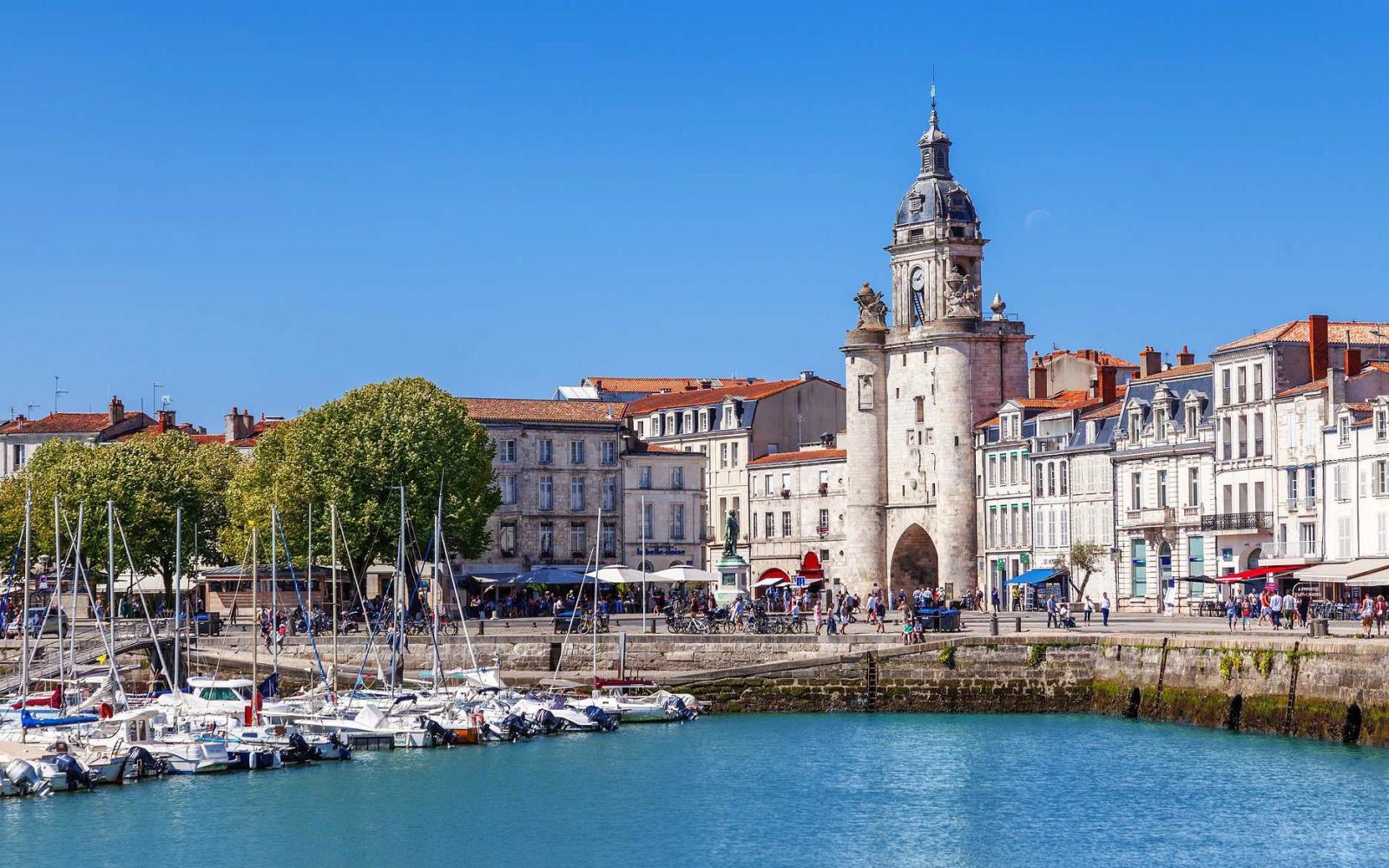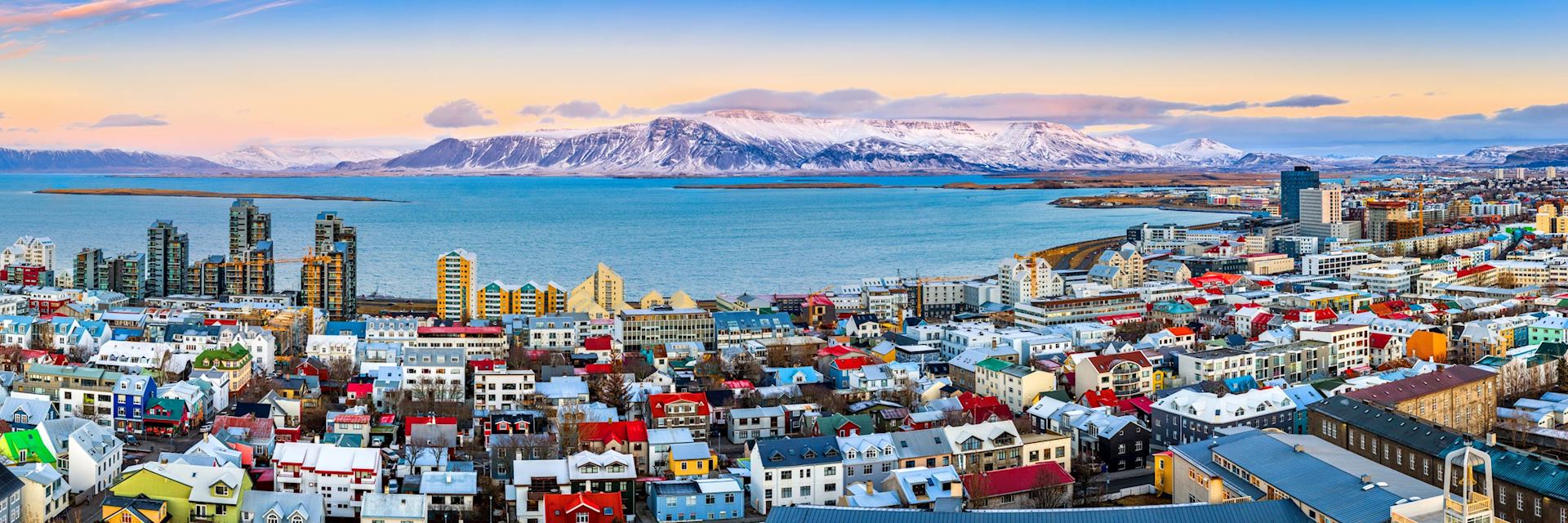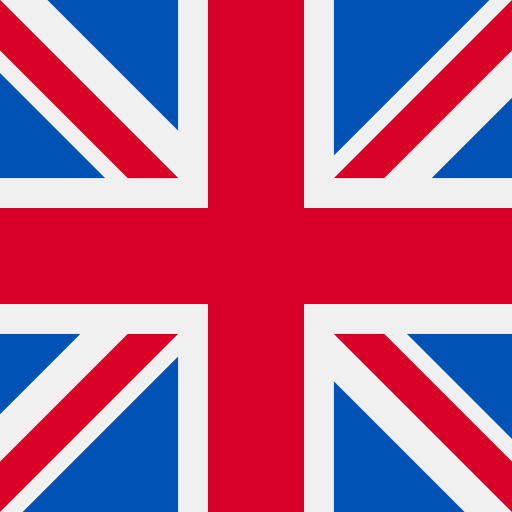Canary Island cruises are an easy way to pack multiple islands from the Spanish archipelago into one trip alongside a wealth of other Spanish gems. Here’s what you might not know about the Canaries.
Canary Island cruises are an easy way to pack multiple islands from the Spanish archipelago into one trip alongside a wealth of other Spanish gems. Here’s what you might not know about the Canaries.
Canary Island cruises are an easy way to pack multiple islands from the Spanish archipelago into one trip alongside a wealth of other Spanish gems. Here’s what you might not know about the Canaries.
Canary Island cruise holidays benefit from a destination blessed with year-round sun, fascinating flora and fauna and superb beaches.
Norwegian Cruise Line (NCL) is Europe’s Leading Cruise Line 15 years running (by World Travel Awards) and is sailing the islands off the coast of northwest Africa in 2024.
Certain NCL itineraries also pack in Portugal, Gibraltar, Madeira and mainland Spain as well as the Canary Islands – how’s that for value?
Talking of which, with NCL Canary Island cruises you can upgrade from just £199pp (on a 9 to 11-day cruise) and benefit from the Free at Sea upgrade, featuring Premium Beverages (a wide selection of soft drinks, spirits, cocktails, wines by the glass and bottle or draft beer) and speciality dining.
You’ll also get Wi-Fi and excursion discounts (US$50 per stateroom, per port of call) while guests three and four in the stateroom pay only the applicable taxes for their cruise on select sailings. Bargain!
However, a cruise to the Canary Islands is not all sangria and sunbathing. There’s lots many people don’t know about the magic of the Canaries – even the name itself is something of a red herring.
We’ve taken a look at some of the amazing and little-known facts about the archipelago and NCL’s fabulous 10-day Europe: Spain, Gibraltar & Canary Islands cruise 2024 on Norwegian Epic.
Onboard you can expect world-class performers, a new wave of accommodations from Deluxe Owner’s Suites in the Haven by Norwegian to comfortable inside staterooms and a wide variety of dining options including Cagney’s Steakhouse and high-end French restaurant Le Bistro. Ashore you’ll unearth volcanos, vines, bananas and more…
Go on, admit it, you thought the Canary Islands were named after the bird didn’t you? Nope, their title came from another animal entirely – dogs!
While theories do vary, the most common is that its etymology is the Latin name Canariae Insulae, meaning “Islands of the Dogs” after big dogs were allegedly spotted there on an expedition by Mauretanian king Juba II, an ally of the Romans.
Other theories attribute the name to the large colony of Mediterranean monk seals – sometimes known as seadogs – that once lived in the Canaries or perhaps even giant lizards.
As for the little yellow birds – Canaries are native to the Canary, Azores and Madeira islands hence their moniker.
Santa Cruz de Tenerife is your first port of call in this group of islands during your NCL Canary Islands cruise.
The island gives another meaning to “aim high” – Mount Teide on Tenerife is the third highest volcano in the world after Mauna Loa and Mauna Kea in Hawai’i and the number one highest in the whole of Spain and the Canary Islands at a massive 3,718m tall.
It began forming 170,000 years ago and is still active today, making for a majestic sight thanks to the jagged Las Cañadas escarpment and central volcano often wreathed in a sea of clouds.
Hiking the volcano and surrounding Teide National Park is a popular activity among vacationers on Canary Island cruise holidays and the local flora and fauna are impressive, with more than 1,000 species of invertebrates and 168 different species of plant life.
The volcano is far from Tenerife’s only claim to fame. Cueva del Viento – or Wind Cave – in Tenerife is the largest volcanic tube in Europe, and the fifth largest in the world (the rest are found in Hawaii).
The 18 km-long cave – formed by a labyrinth of underground passages on three levels – was created by eruptions of the Pico Viejo volcano, located next to Mount Teide.
Wondering what a volcanic tunnel even is? This geological structure is a cavity that forms inside lava flows. As the lava gushes forth and makes contact with the air, the surface of the flow solidifies, through which the molten rock continues to flow until it runs out, thus forming the volcanic tube.
A two-hour potholing tour can be taken of the Cueva del Viento during Canary Island cruises – but remember to book ahead and wear appropriate clothing!
The good news is that your NCL Canary Islands cruise arrives in Tenerife at 8am and doesn’t leave until midnight so you’ve got plenty of time to explore all the island has to offer.
The Canary Islands dragon tree – El Drago Milenario – in Tenerife is said to be the oldest living dragon tree in the world at over 1,000 years old; it was declared a national monument in 1917 and has become one of the most legendary symbols of Tenerife.
Where did its name come from, you ask? According to legend, dragons become trees when they die and this one, in particular, produces a red resin when the bark is cut, resembling the blood of the mythical beast. The sap was once believed to have medicinal properties and was highly valued by ancient civilisations.
The tree can be seen in Drago Park situated on Plaza de la Constitución in Icod de los Vino.
Lanzarote is your third and final Canary Island cruise port of call on this NCL itinerary before Norwegian Epic sails on to Gibraltar. From the island’s capital of Arrecife you can explore Lanzarote’s many natural wonders, and you’ve got over 12 hours of port time to do so.
El Golfo Lake is situated at the southernmost point of Timanfaya National Park but while it’s on planet Earth it looks like something from another planet thanks to the water appearing to glow green.
Why? The wizardry is all thanks to the high concentration of algae in the lagoon which remains full due to the porous rock formations below the surface allowing the seawater to enter.
Its backstory is pretty cool too. The lake – a crater of a volcano – was actually formed during powerful volcanic eruptions in the 1730s, evidenced today by the black sandy beach fringing El Golfo. See if you can spot the semi-transparent green crystal known as Olivine amid the grains!
Forget surfing, the Canary Islands have their very own traditional local sport – Lucha Canaria or Canarian Wrestling.
Wrestling bouts were originally organised by islanders to solve conflicts regarding land and other matters but the sport remains popular today and is held in arenas called “terreros”.
Canarian wrestling sees participants try to tumble their opponent (with skill more than strength) and the first to floor the other by making them touch the arena with any part of their body is the winner.
Being a good loser (and indeed winner) is key to the sport, however, and both wrestlers hug before leaving the arena.
Wine and Canary Island cruises go hand in hand; the vineyards here are among the oldest in the world but there’s no denying Lanzarote’s look pretty weird.
Vine-growing on the island is defined by deep hollows and curved dry stone walling, known as zocos, which protect the vines from strong winds.
What’s more, vines are planted under lava and volcanic ash known as picon which retains and locks moisture into the earth allowing the hardy vines to survive.
Consequently, in inland areas, you’ll often see grape vines peeking out of a hole in the grey-black volcanic soil encircled by barriers of larger volcanic stones. Each Lanzarote vineyard has thousands of these holes and walls, each holding a single vine.
Sign up for NCL’s foodie shore excursions to sample the local wine and learn all about how its made!
Peckish after all that exploring? Have we got the healthy snack for you! The Canary Islands are home to Plátano de Canarias – Cavendish variety bananas (named after the British nobleman who first introduced them to the Western world) featuring distinctive brown flecks on their yellow skin due to the higher activity of enzymes.
There are three variations but all are shorter and sweeter than South American bananas thanks to all the sunshine.
Bananas have become a significant cultural symbol in the Canary Islands and are economically hugely important as a major export crop for the region – the Canaries are the ninth largest producer of bananas in the world, with an annual production of around 1.4 million tons!
New to the Canary Islands but something looks familiar? Oodles of films have been filmed in the Canaries thanks to the dramatic scenery.
Some movie titles you might recognise are: Clash of the Titans (2010), Wrath of the Titans (2012), Fast & Furious 6 (2013), Exodus: Gods and Kings (2014), Moby Dick (2015), Palm Trees in the Snow (2015), Allied (2016), Jason Bourne (2016), Wild Oats (2016), Rambo: Last Blood (2019) and Eternals (2021).
The Canary Islands benefit from long, clear days and some 3,000 hours of sunshine a year with an average of 22 °C in winter and 26°C in summer.
If you really want to make the most of these perfect climes on Canary Island cruises, your NCL port of call Las Palmas, Gran Canaria’s capital, is the place to be.
According to a study by Thomas Whitmore, manager of the climatological research department at the University of Syracuse, published in 1996, Las Palmas is the city with the “most pleasant” weather in the world.
Duration: 9 nights
Where: Lisbon, Portugal | Funchal, Madeira | Santa Cruz de Tenerife, Canary Islands | Las Palmas, Canary Islands | Arrecife, Lanzarote, Canary Islands | Gibraltar, UK | Granada (Malaga), Spain | Seville (Cadiz), Spain | Lisbon, Portugal
Ship: Norwegian Epic






Become the first to know about win-a-cruise competitions, on-trend holiday inspo and don’t-miss travel advice from the experts.



 United Kingdom
United Kingdom USA
USA